by Javier Fernández Piera - @javierfpiera
.png.transform/rendition-xs/image_image%20(1).png)
There are as many vermouths as there are regions and they vary considerably depending on each area

by Javier Fernández Piera - @javierfpiera
They say that Dalí created his best work after drinking vermouth; in his house in Cadaqués, where his workshop was, he enjoyed the view of the sea and its breeze with red vermouth from Reus. It provided inspiration. How did he like to drink it? On the rocks? Neat? He was an exquisite gourmet, and always drank it with olives. It makes perfect sense whichever way you look at it: organoleptically, it's the best combination—bitter and sweet and the resulting balance; and also scenically, in this Mediterranean area.
But, is it enjoyed the same way throughout Spain? Absolutely not! Each region not only has its own inspiration, based on its origin, but it's usually accompanied by the local delicacy before a meal. As with wine, each area and each producer is unique. That's why we can confirm that the next step for the sector is to focus on quality seals, on a standard that certifies their vermouths' qualities: who makes it, where it's made, in what climatic and geographical conditions... because each vermouth is a reflection of all of these factors.
That's why we've endeavored to identify different vermouths from different regions which share certain factors that help to differentiate each one and connect it with its landscape, history, and culture. This is the best way to get to know this secret of Spanish wineries, which is becoming an increasingly popular drink to be enjoyed alongside tapas and pintxos.
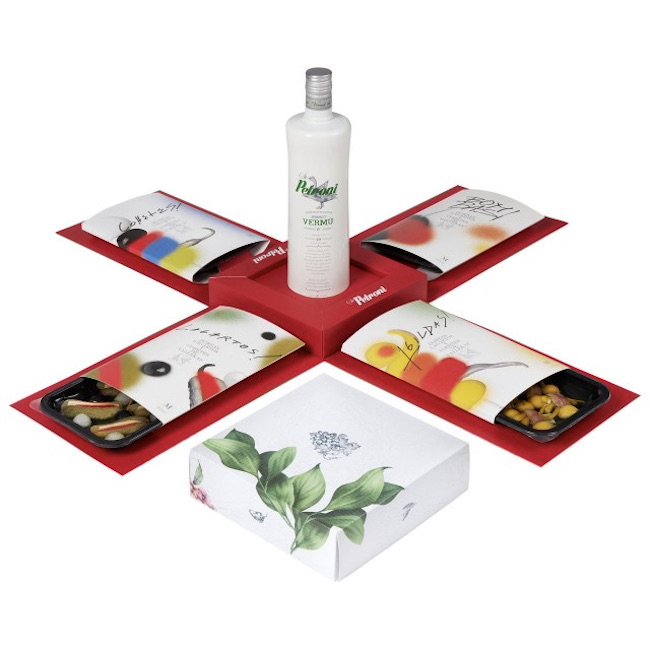
Green Spain's vermouth
In Green Spain, which stretches from the Basque Country to Galicia, climate changes are a constant factor: the maritime climate is influenced by the Atlantic, there are few hours of sunshine, and there's lots of rain, but there's a vermouth that takes advantage of all these "adversities," and it's also “green”, el St. Petroni blanco. It's from the area around the lower estuaries (Rías Baixas), in Padrón, home to the Nobel Literature Prize Winner Camilo José Cela, full of mystical forests and inspiration. Made from Albariño aged on lees, it blends the aromas of Pimiento de Herbón pepper PDO, which gives it a unique herbaceous flavor, with very citric and mineral notes. It's perhaps one of the most refreshing vermouths, from the coolest climate, and to which it would not be necessary to add a single orange slice. It's delicious alongside peppers, a feira-style octopus, canned seafood, and toast with mild cheese.
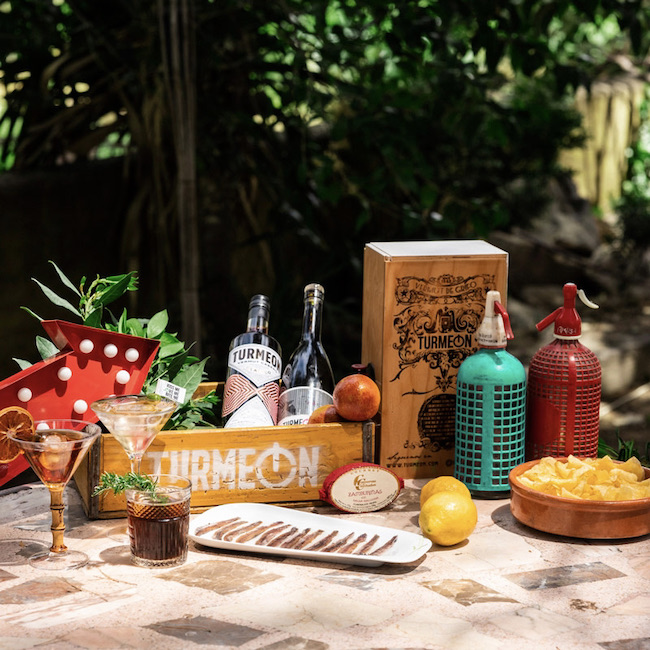
The "garnachero" of the Ebro
There's an extensive area that's a veritable garden: the entire lower "Pirineo y el Valle del Ebro," where winters can be extremely cold, but the huge valley moderates temperatures and the river provides natural irrigation. Garnacha grapes are the most common here and serve as the base for extraordinary quality vermouths. For this one in particular, the base wine is aged in large barrels for more than 80 years, it's macerated with an old formula using cloves, cinnamon and, of course, wormwood... three ingredients that are considered aphrodisiacs that give the vermouth its name, Turmeon (Turn Me On), from Bodegas Jaime. The aromas are reminiscent of dried fruit and offer a perfect balance between bitterness and balsamic flavors, with the fruity aromas of the Garnacha and the valley. They always go well with Teruel ham PDO. In any case, they're very complex red vermouths, the strongest aperitifs before a hearty meal.
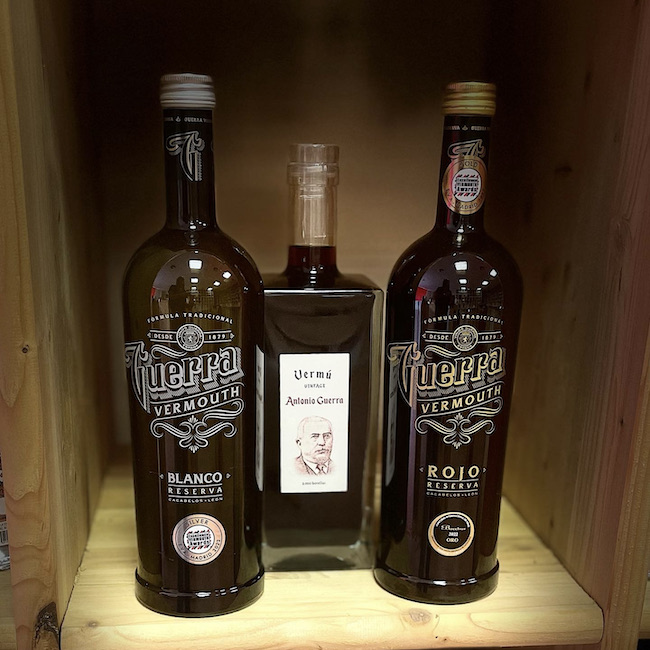
The power of El Bierzo
Altitude is one of the most important characteristics of the Duero Valley: it's essential for moderating extreme temperatures in a region with a continental climate. Here we find fruit with less sugar and better acidity and retention of its primary aromas. A classic vermouth area is El Bierzo, which is also undergoing a wine revolution but which already produced its own style of vermouth a century ago. They're very spicy vermouths with a lot of roots, herbs and flowers, and are characterized by roasted aromas and a fruity background. Additionally, they represent the climate very well in their balance between freshness and sweetness, but in this case, the orange slice and ice are recommended. One example is Bodegas Guerra, whose vermouth is made with Godello white wine and Mencía red wine. It's a magnificent red vermouth that goes great with appetizers such as cecina, botillo, peppers, or roasted chestnuts from the region.
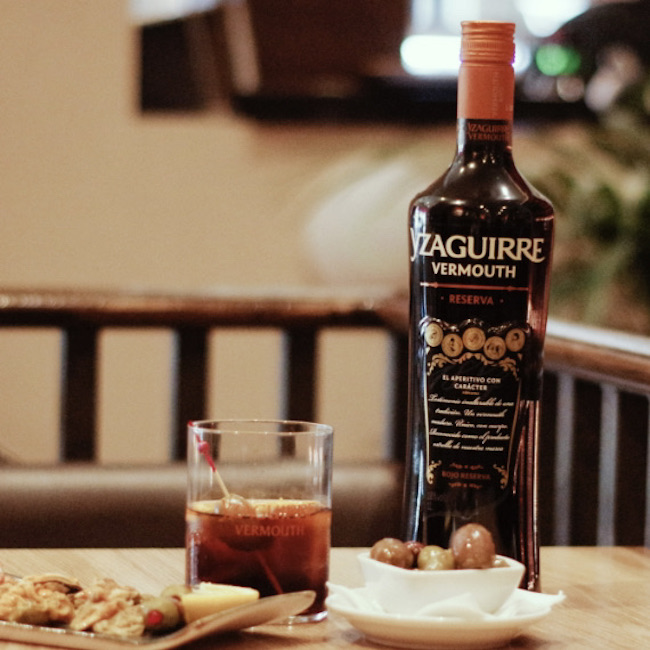
The Mediterranean influence
¡Oh, the Mare Nostrum! Our warm Mediterranean climate moderated by coastal breezes. Land of sailors and merchant ports, a longstanding destination of the vermouth culture from Greece and Rome, with its aromatized wines and, not so long ago, the Italian creations from Turin. Reus is the main focus of the vermouth culture. There's a museum there, the wineries are at street level, and vermouths are made using the traditional method: a neutral base wine, an infusion of herbs and spices, and a very careful balance between acidity, sweetness, and bitterness; all the while maintaining the combination of ingredients that we experts love trying to decipher. One example is a historic winery, Yzaguirre, which produces a wide range of vermouths, but especially noteworthy is the Reserva, a concept imported from the wine sector and which stands out because the time spent in barrels determines whether or not the vermouth is a reserva. To be one, it must spend a year in the barrel. The intense character, the velvety balance, and the aromas of herbs, spices, and citrus make this and the Mediterranean vermouths clear favorites for beginners. They're ideal for combining with appetizers with strong flavors, cured cheeses, smoked fish, and Ibérico cured meats.
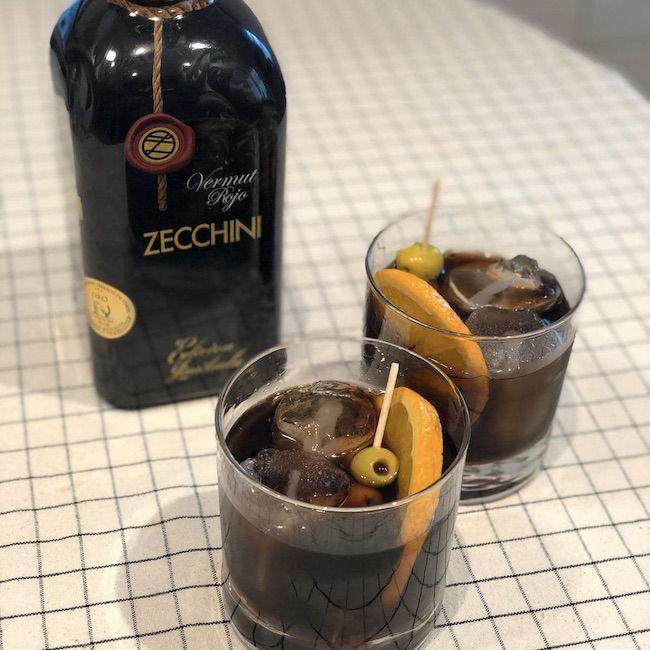
Madrid, a vermouth region
We arrive at the new capital of vermouth in Spain, in the middle of the central zone and the Meseta. Madrid is currently the melting pot of vermouths. Cold weather in winter and warm in summer, but very social, vermouth is present in the city. If ever there was specific period of the day to drink vermouth, in Madrid that window has grown longer, and any time is optimal: there's even a showroom there called "Las 12 horas del Vermut," where experts taste and rate them as part of the Excellence Vermouth Awards. The styles are varied because they have come from all over the world, but if there was a vermouth from Madrid, it's Zecchini, with an Italian name and inspiration. They have a delicious one made using the recipe with which they began to make it in a small bar in Lavapiés, from where they delivered to bars and restaurants almost a century ago. Zecchini Fórmula Original is made with the best wines and very spicy and bitter botanicals. That more austere touch means it must be consumed with ice and an orange slice. Madrid vermouths go well with any bar snack, or before more typical dishes such as callos or cocido. But most of the time, they're fine on their own.
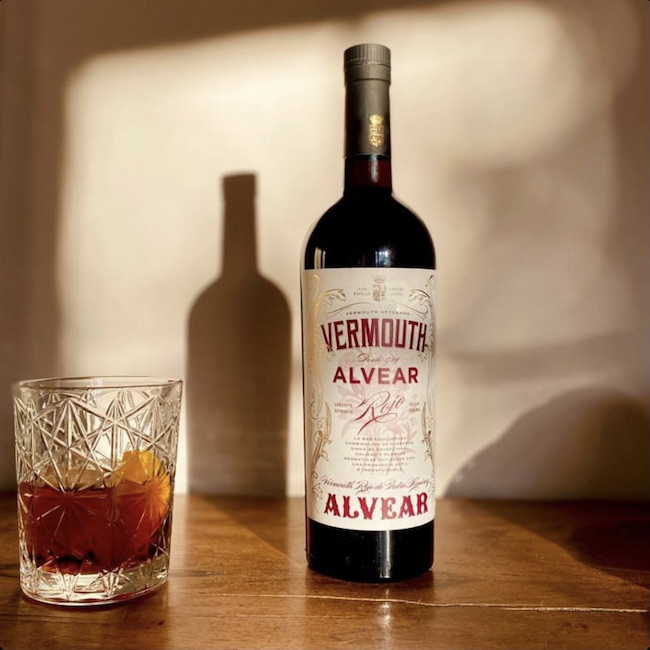
Flavors of the south
And in the south there's also vermouth? Yes, and no; although there's an increasing number, it's not just a trend: in the south, they've been making very special vermouths for many years. Beyond the climate, they have the most distinct base wines: those of Montilla-Moriles and Marco de Jerez. Slow moving and very artisanal, with intense flavors and a sweet aftertaste of raisins, but very unique. It's worth mentioning Vermouth Artesano Alvear,, from the famous and renowned winery, which is aged for ten years! The ingredients to balance the sweetness of the wine include orange peel, rosemary, and sage, typical of the area, giving rise to very powerful vermouths with a very long flavor. That's why the recommendation is always to drink it on the rocks or as a mixed drink, and at any time, even for a snack, but in the shade.
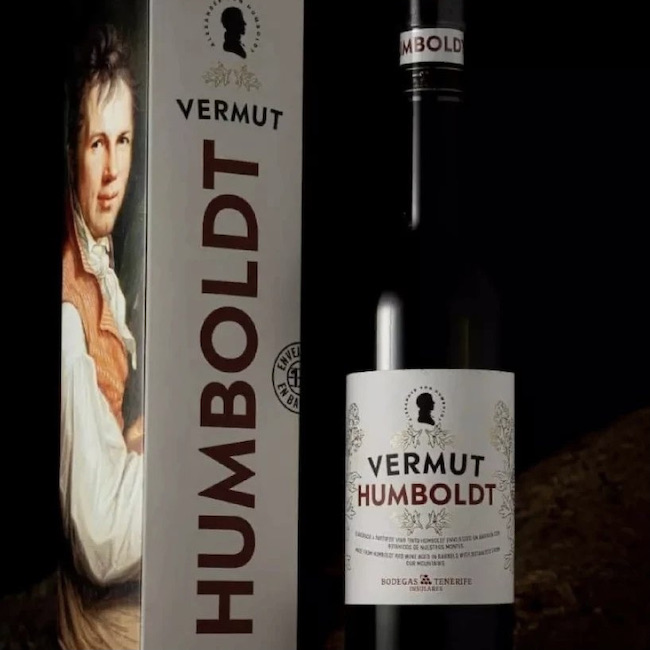
The uniqueness of the Canary Islands
Our subtropical climate also offers us warm joys of intense fruity flavors, such as those discovered by the famous scientist Alexander von Humboldt in Tenerife at the end of the 18th century, "the man sensitive to the beauties of nature finds in this delicious island remedies even more powerful than the climate." Was he referring to vermouth? In his honor, the Humboldt Vermouth from Bodegas Insulares de Tenerife is made with a premium fortified base wine using Listán Negro grapes from Tacoronte-Acentejo DO. It's infused with herbs including artemisia canariensis, the native wormwood, also known as Canary incense, which gives vermouths from here their spicy notes. Moreover, the climate gives Canary Island vermouths sweet, chocolate aromas and a characteristic mahogany color. It should be enjoyed chilled, on the rocks, or even with soda while looking at the sea.
And after this overview of vermouth in Spain, shall we order while we wait for the others arrive? That group over there is drinking it on tap, those at that table have ordered it on the rocks, and the people at the bar are drinking it in a cocktail. How do you prefer it? Anything is possible. Fortunately, as with wines, in Spain we can boast about quality and quantity. Vermouth is in the spotlight in our bars, to be enjoyed with friends, as a faithful companion of tapas and pintxos, or to be served alongside those endless appetizers whenever there's a family get-together. There's no doubt that it's a trend, and any time is "vermouth time."